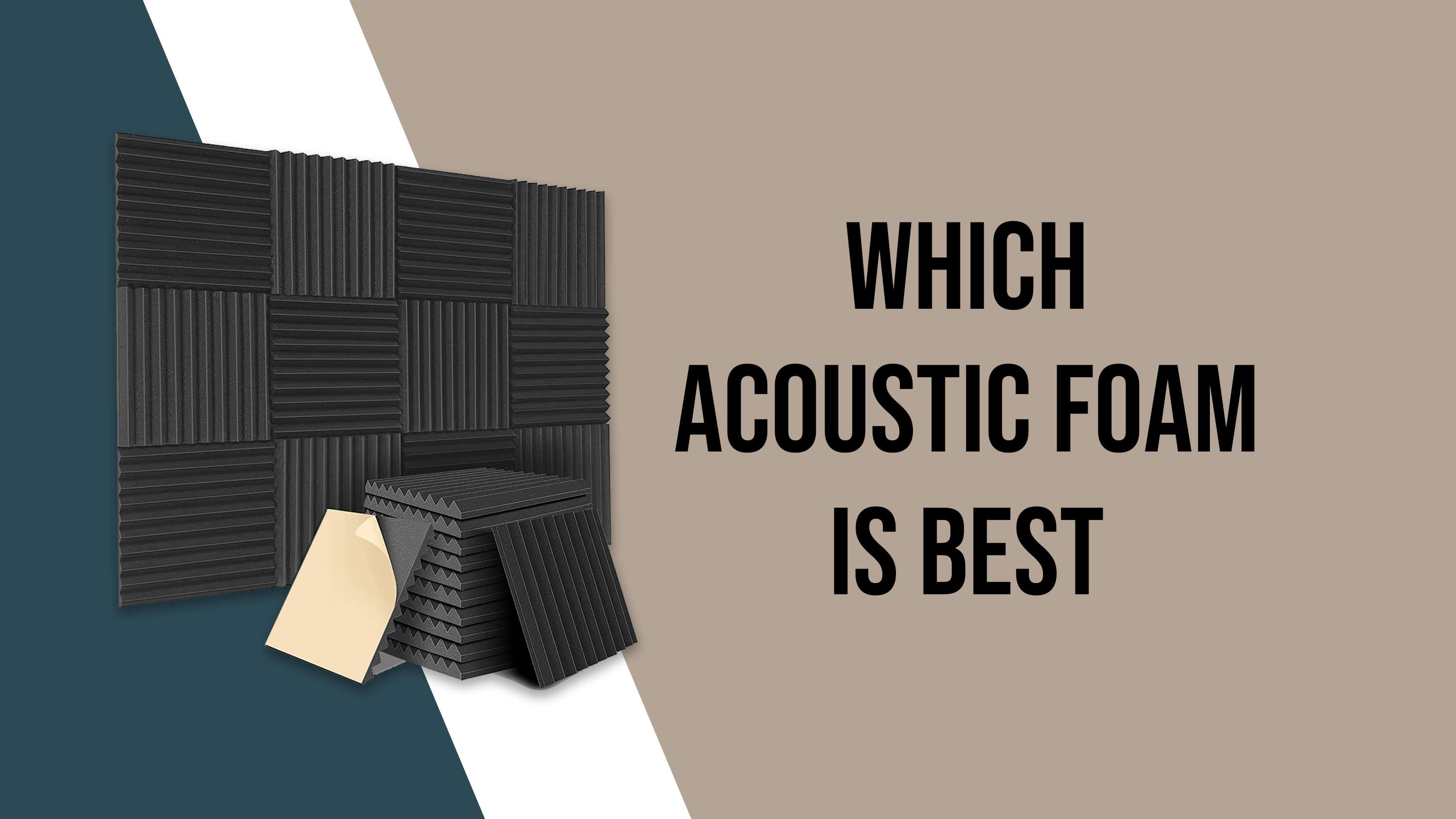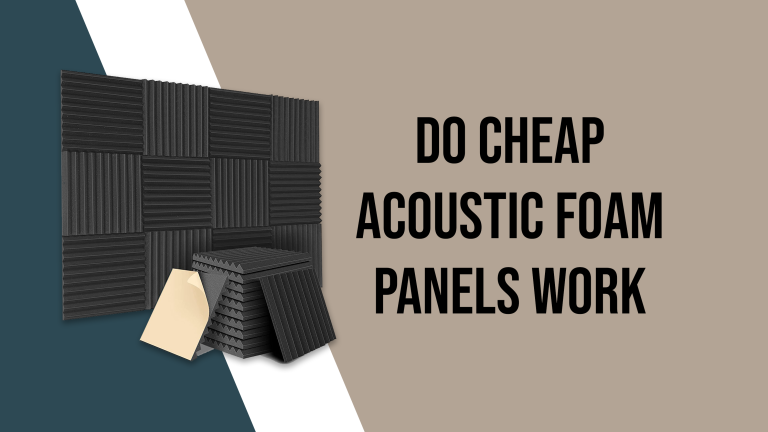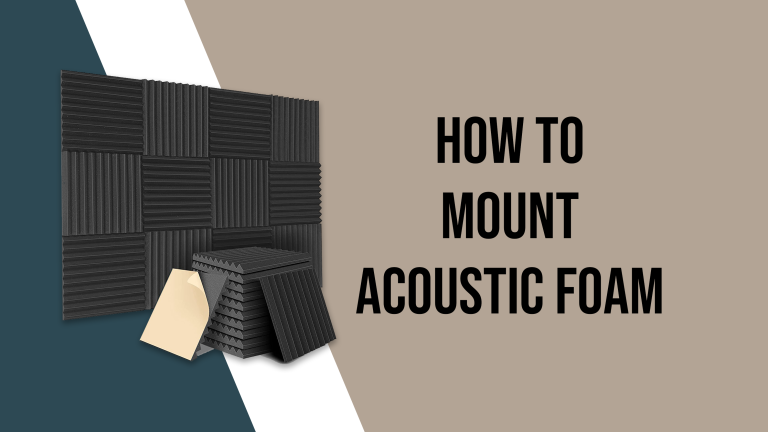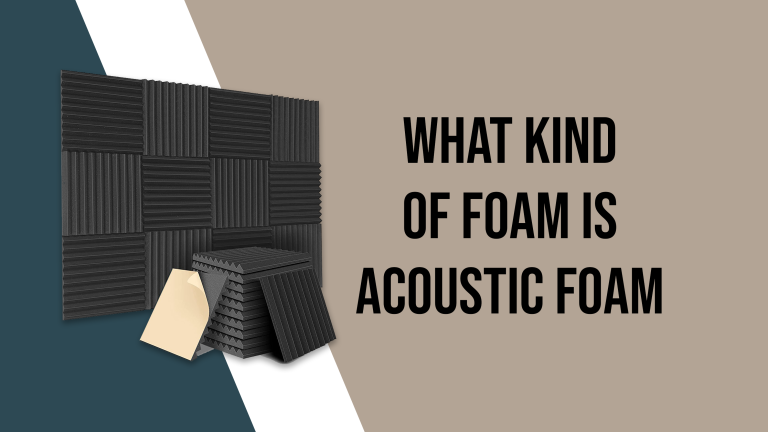Which Acoustic Foam is best?
The question of which acoustic foam is best depends on a number of factors, including the specific needs of the individual or organization in question.
In this article, we will explore some of the different types of acoustic foam available on the market, as well as their unique features and characteristics, to help you determine which option may be the best fit for your needs.
Which Acoustic Foam is best? Short answer
High-density foam with a flat surface and regular pattern of holes or slots is considered to be effective at absorbing sound. However, the best foam for your needs will depend on the size and shape of the room, the type of noise you are trying to reduce, and your budget.
It is difficult to say which acoustic foam is the best without knowing more about your specific needs and the room in which the foam will be used.
It may be helpful to consult with an expert or try out different types of foam to determine which one works best for you.
Types of Acoustic Foam
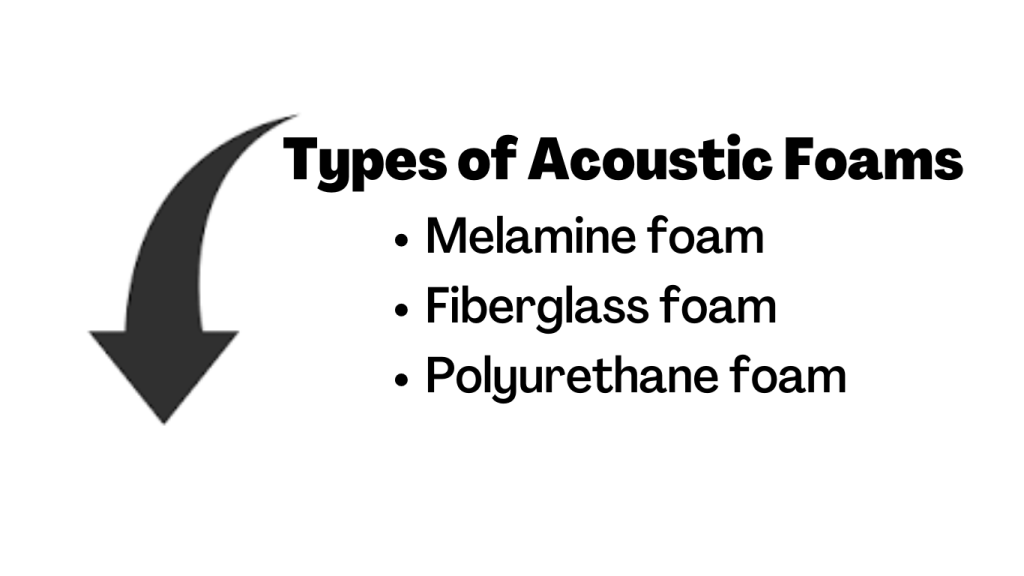
Acoustic foam, also known as soundproofing foam or studio foam, is a type of porous, open-cell foam material that is used to absorb sound waves and reduce unwanted reflections in a space.
This can help improve the acoustics of a room and make it more suitable for recording, broadcasting, or other activities that require good sound quality.
There are several different types of acoustic foam available, including:
Polyurethane foam:
This is a versatile and widely-used type of acoustic foam that is known for its durability and high-performance. Polyurethane foam is often used in recording studios, home theaters, and other professional settings where sound quality is a top priority.
Melamine foam:
Melamine foam is a type of acoustic foam that is made from a synthetic material called melamine resin. It is known for its excellent sound absorption properties and is often used in spaces where high levels of noise are a concern, such as industrial facilities and airports.
Fiberglass acoustic foam:
Fiberglass acoustic foam is made from fine strands of glass that are arranged in a way that creates a porous, sponge-like structure. This type of foam is known for its excellent sound absorption properties and is often used in commercial and residential buildings to improve the acoustics of a space.
Key Features and Characteristics of Acoustic Foam

When choosing the best type of acoustic foam for your needs, there are several key features and characteristics to consider, including:
Sound absorption:
One of the most important factors to consider when choosing acoustic foam is its ability to absorb sound waves. This is typically measured using a unit called the noise reduction coefficient (NRC), which ranges from 0 to 1. A foam with an NRC of 1 will absorb all sound waves that hit it, while a foam with an NRC of 0 will not absorb any sound waves.
Durability:
Acoustic foam is a long-term investment, and it is important to choose a type that is durable and will last for many years without losing its effectiveness. Polyurethane foam and melamine foam are generally considered to be the most durable options, while fiberglass acoustic foam is less durable but still offers good performance.
Material composition:
Acoustic foam is made of polyurethane or other open-cell foams.
Versatility and availability:
Acoustic foam is available in a variety of colors and shapes, and can be easily cut and shaped to fit any space.
Common applications:
Acoustic foam is often used in recording studios, home theaters, and other environments where reducing reverberation and echo is important.
Frequency range:
Acoustic foam is effective at absorbing a wide range of frequencies, from low bass tones to high-pitched sounds.
Effectiveness:
Acoustic foam is a versatile and effective way to improve the acoustics of a space, reducing excess noise and creating a more pleasant listening environment.
FAQs About Acoustic Foam
What style of acoustic foam is best?
The best style of acoustic foam will depend on the intended use and the size and shape of the space it will be used in. For example, wedge-shaped acoustic foam may be best for treating corners, while pyramid-shaped foam may be best for use on walls or ceilings.
Is thicker acoustic foam better?
Thicker acoustic foam may be more effective at absorbing sound, but it may also be more expensive and take up more space. The best thickness of acoustic foam will depend on the specific situation and the desired level of sound absorption.
What are the most effective acoustic panels?
The most effective acoustic panels are those that are specifically designed for sound absorption and are made of materials that are effective at absorbing sound waves. The best acoustic panels will depend on the intended use and the size and shape of the space they will be used in.
What is the best acoustic treatment?
The best acoustic treatment will vary depending on the specific situation and the goals of the person asking the question. In general, a comprehensive approach that uses a combination of materials and techniques, such as sound-absorbing foam, sound-blocking barriers, and diffusers, may be most effective.
What shape absorbs sound best?
In general, shapes with a lot of surface area, such as wedges and pyramids, are better at absorbing sound than shapes with less surface area, such as cubes. However, the best shape for sound absorption will also depend on the specific situation and the intended use.
What should I look for in soundproofing foam?
When looking for soundproofing foam, it is important to consider the material it is made of, its thickness, its shape and size, and its effectiveness at absorbing sound waves across a range of frequencies. It is also important to consider the intended use and the size and shape of the space it will be used in.
Conclusion
In conclusion, choosing the best acoustic foam for your needs is a crucial step in ensuring that you get the best possible performance from your soundproofing project. By considering factors such as the size and shape of the space, the type of noise that needs to be absorbed, and your budget, you can make an informed decision and choose a foam that will provide the best results for your specific situation.
Related Articles
How Do Acoustic Wall Panels Work
What Are The Benefits of Acoustic Panels

